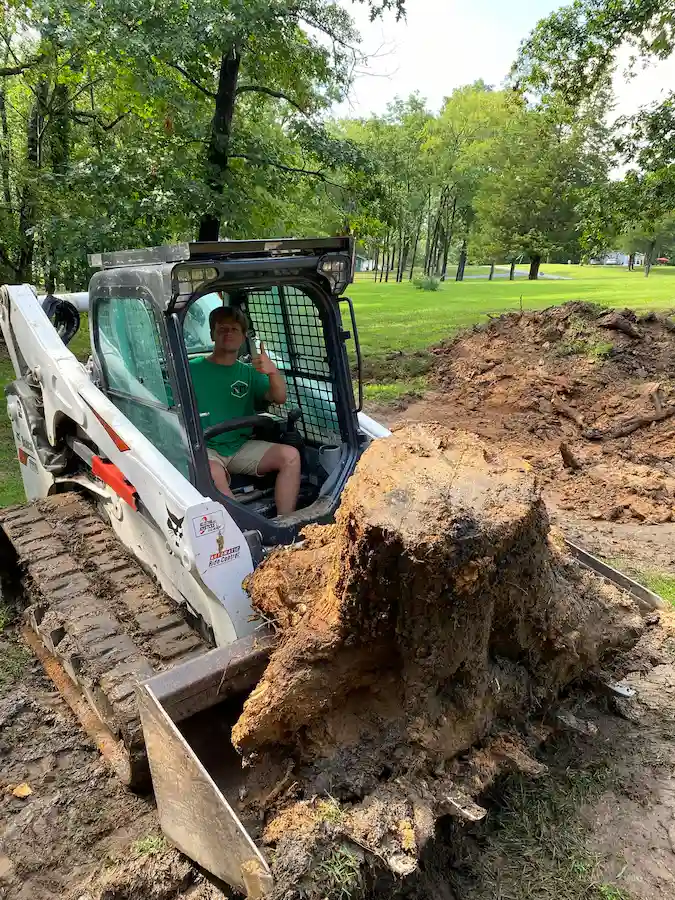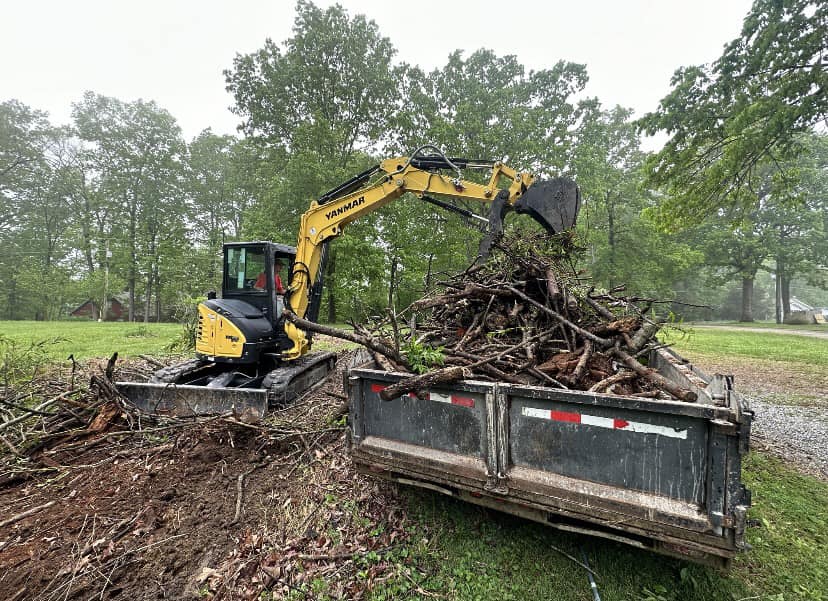Removing a tree may seem as simple as grabbing a chainsaw and cutting it down—but in reality, it’s a task that requires careful planning, knowledge, and safety measures. At Revival Land Management, we’ve seen firsthand how a well-executed tree removal project can improve safety, protect property, and restore balance to a landscape. On the flip side, improper removal can cause unnecessary damage and costly mistakes.
If you’re considering tree removal, here are the essential do’s and don’ts to keep in mind.

✅ When Tree Removal is Necessary
Not every tree that looks “problematic” needs to be cut down. But there are several signs that removal may be the best option:
Overcrowding – When one tree’s growth prevents others from thriving or blocks needed sunlight.
Structural instability – Trees with deep cracks, hollow trunks, or major leaning toward a home or power line.
Disease or infestation – Evidence of rot, fungus, or pests like emerald ash borers.
Root system damage – Roots that are lifting driveways, threatening foundations, or disrupting drainage systems.
Storm damage – Trees split by high winds or lightning strikes.
✅ Do’s of Tree Removal
- Do hire professionals for large or risky trees
Trees near homes, power lines, or public roads require specialized equipment and experience. At Revival, we use the right machinery to safely bring down trees in controlled sections. - Do protect surrounding vegetation
Laying down protective mats or planning strategic cuts helps avoid crushing shrubs, flower beds, or lawn areas during removal. - Do consider timing
Winter or early spring is often the best time for removal—when trees are dormant and less foliage makes the process cleaner and safer. - Do plan for debris handling
A professional service includes cleanup—hauling logs, chipping branches, and removing sawdust—so your property is left looking neat. - Do prioritize safety equipment
Helmets, protective eyewear, gloves, and harnesses are essential for anyone working around falling branches or chainsaws.

❌ Don’ts of Tree Removal
- Don’t try to remove large trees yourself
DIY removal may look cost-effective, but without experience, it can lead to injuries, falling hazards, or property damage. - Don’t ignore the stump
Leaving a stump can attract pests, sprout regrowth, and create a tripping hazard. Professional stump grinding ensures a clean, usable space. - Don’t cut corners on disposal
Piling debris in a corner of the yard can invite termites and rot. Proper removal—or even repurposing as firewood or mulch—is key. - Don’t overlook permits or local rules
Some municipalities require approval for tree removal, especially in protected areas. Professionals handle these details to avoid fines or delays. - Don’t forget to plan for the future
Consider what comes next: Will you replant? Grade the area? Install landscaping? A good removal plan looks beyond just taking down the tree.
🌲 Professional vs. DIY: Why It Matters
While removing small trees or saplings can be a DIY project for some homeowners, the risks escalate quickly with larger trees. Professional tree removal services bring:
- Safety – Expertise and equipment to avoid accidents.
- Efficiency – Faster, cleaner removal with debris fully handled.
- Precision – Careful protection of nearby structures and plants.
- Peace of mind – Confidence knowing the job is done right the first time.
At Revival Land Management, our team approaches tree removal with the same care we’d take on our own property—balancing safety, aesthetics, and the long-term health of your landscape.
🌿 Final Thoughts
Tree removal isn’t just about cutting down wood—it’s about protecting your property, ensuring safety, and setting the stage for healthier landscapes. By following the do’s and don’ts above—and trusting experienced professionals when the job demands it—you’ll save time, stress, and money in the long run.
📞 Ready to discuss your tree removal needs? Contact Revival Land Management today for a free consultation.
